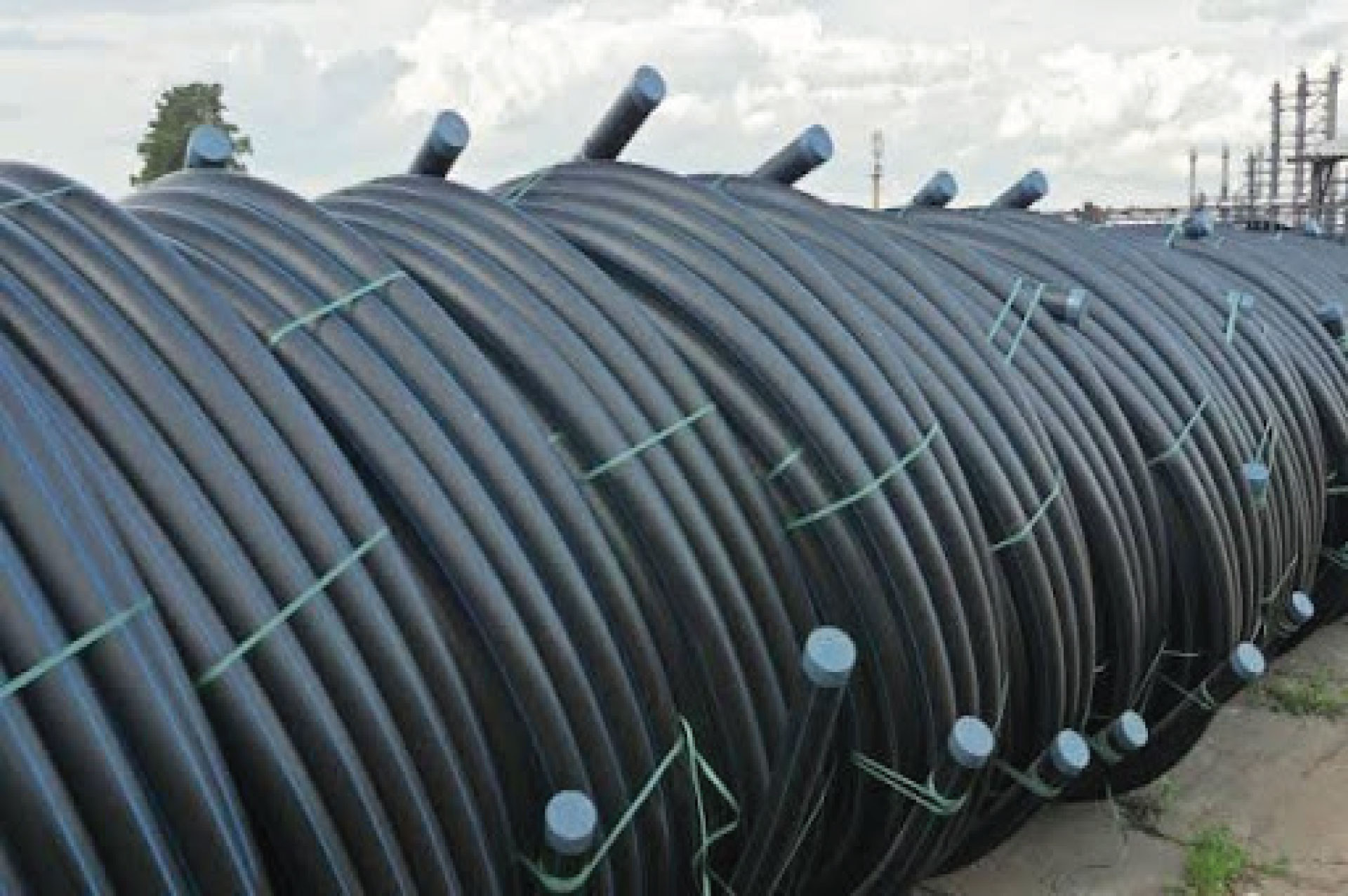
Global Surge in HDPE Pipe Demand Driven by Infrastructure and Sustainability Initiatives
The global market for High-Density Polyethylene (HDPE) pipes is experiencing significant growth, propelled by increased infrastructure investments and a heightened focus on sustainable solutions. Recent reports indicate that the market, valued at approximately USD 21.84 billion in 2023, is projected to reach USD 34.71 billion by 2032, reflecting a compound annual growth rate (CAGR) of 5.28% over the forecast period .
Key Growth Drivers
Several factors contribute to this upward trajectory:
- Infrastructure Development: Expanding urbanization and the need for efficient water and sewage systems are driving demand for durable piping solutions. HDPE pipes, known for their longevity and resistance to corrosion, are increasingly preferred for such applications.
- Sustainability Efforts: Governments and industries are prioritizing environmentally friendly materials. HDPE pipes, being recyclable and requiring less energy for production and installation, align with these sustainability goals.
- Technological Advancements: Innovations in polymer technology have enhanced the performance characteristics of HDPE pipes, making them suitable for a broader range of applications, including high-pressure systems and complex installations.
Regional Insights
The Asia-Pacific region leads the global HDPE pipes market, accounting for a significant share due to rapid industrialization and urban development. Countries like China and India are investing heavily in infrastructure projects, further boosting demand .
Market Segmentation
HDPE pipes are utilized across various sectors:
- Water Supply and Distribution: Their resistance to corrosion and ease of installation make them ideal for potable water systems.
- Agricultural Irrigation: Flexibility and durability under varying environmental conditions support efficient irrigation practices.
- Sewage and Drainage Systems: The smooth interior surface of HDPE pipes facilitates efficient waste flow, reducing blockages.
- Industrial Applications: Chemical resistance properties make them suitable for transporting industrial fluids.
Outlook
The HDPE pipes market is poised for continued growth, driven by the convergence of infrastructure needs and environmental considerations. As industries and governments seek reliable and sustainable piping solutions, HDPE pipes are expected to play a pivotal role in meeting these demands.
The global market for High-Density Polyethylene (HDPE) pipes is experiencing significant growth, propelled by increased infrastructure investments and a heightened focus on sustainable solutions. Recent reports indicate that the market, valued at approximately USD 21.84 billion in 2023, is projected to reach USD 34.71 billion by 2032, reflecting a compound annual growth rate (CAGR) of 5.28% over the forecast period .
Key Growth Drivers
Several factors contribute to this upward trajectory:
- Infrastructure Development: Expanding urbanization and the need for efficient water and sewage systems are driving demand for durable piping solutions. HDPE pipes, known for their longevity and resistance to corrosion, are increasingly preferred for such applications.
- Sustainability Efforts: Governments and industries are prioritizing environmentally friendly materials. HDPE pipes, being recyclable and requiring less energy for production and installation, align with these sustainability goals.
- Technological Advancements: Innovations in polymer technology have enhanced the performance characteristics of HDPE pipes, making them suitable for a broader range of applications, including high-pressure systems and complex installations.
Regional Insights
The Asia-Pacific region leads the global HDPE pipes market, accounting for a significant share due to rapid industrialization and urban development. Countries like China and India are investing heavily in infrastructure projects, further boosting demand .
Market Segmentation
HDPE pipes are utilized across various sectors:
- Water Supply and Distribution: Their resistance to corrosion and ease of installation make them ideal for potable water systems.
- Agricultural Irrigation: Flexibility and durability under varying environmental conditions support efficient irrigation practices.
- Sewage and Drainage Systems: The smooth interior surface of HDPE pipes facilitates efficient waste flow, reducing blockages.
- Industrial Applications: Chemical resistance properties make them suitable for transporting industrial fluids.
Outlook
The HDPE pipes market is poised for continued growth, driven by the convergence of infrastructure needs and environmental considerations. As industries and governments seek reliable and sustainable piping solutions, HDPE pipes are expected to play a pivotal role in meeting these demands.

0 comments